
 Palomba ... balancing aesthetics, performance and sustainability in every design.
Palomba ... balancing aesthetics, performance and sustainability in every design.
Ideal Standard, a global leader in bathroom solutions, is committed to redefining the bathroom experience through innovative design. By combining form and function, the company aims to create spaces that are not only beautiful but also environmentally responsible and user-friendly, says its Chief Design Officer Roberto Palomba, who through his creativity is driving forward Ideal Standard’s vision for bathrooms of the future.
“Design is…about creating value and service for people’s lives. Ideal Standard and I share this philosophy of design as a source of emotion and quality. We focus on crafting products that are not only functional but resonate emotionally with users,” says Palomba.
Palomba’s vision for the future is one where bathrooms are not just spaces but experiences and personalised sanctuaries.
To achieve this, Ideal Standard is prioritising sustainability and eco-friendly materials. “The future of bathroom design will see a continuous evolution rather than drastic changes in shapes or styles,” Palomba explains. “The focus will be on sustainability, with a strong emphasis on controlling water consumption and developing new eco-friendly materials.”
The company is also embracing technology, but with a cautious approach. “The role of technology in bathroom design is a delicate balance,” Palomba notes. “While we may introduce electronic fittings or mirrors with smart features, we are mindful that these components should be adaptable and user-friendly without requiring frequent replacement. The goal is to ensure that the technology serves the user’s needs over time, without creating obsolescence.”
Ideal Standard remains committed to its core principles of design, performance, and sustainability. “These principles are central to everything we create,” Palomba emphasises. “We don’t believe there should be a compromise between these elements and they should complement one another to form a harmonious whole.”
 |
|
Design transforms the bathroom from a functional space to a personalised sanctuary. |
Palomba highlights the importance of balancing aesthetics, performance, and sustainability in every design. The company is exploring innovative materials and technologies to reduce its environmental impact while maintaining high standards of quality and style.
As consumer preferences evolve, Ideal Standard is embracing personalisation and customisation. The company is developing solutions that allow users to tailor their bathrooms to their specific needs and tastes.
Excerpts of the interview with Roberto Palomba:
Can you share your overarching vision for Ideal Standard’s bathroom designs and how it aligns with the brand vision?
My vision for Ideal Standard’s bathroom designs is deeply rooted in the idea that design serves people. Ideal Standard, with its incredible legacy, has long contributed to shaping the concept of the bathroom as a vital part of our culture, hygiene, and civilisation. This brand is establishing a legacy by providing quality, comfort and beauty to people worldwide.
For me, design is not about personal ego but about creating value and service for people’s lives. Ideal Standard and I share this philosophy of design as a source of emotion and quality. We focus on crafting products that are not only functional but resonate emotionally with users. This alignment lets us pursue a shared mission of improving everyday life through design, while still delivering a sense of beauty and comfort.
Comment on how design plays a pivotal role in elevating the bathroom experience from a functional space to a luxurious and personalised sanctuary?
The design transforms the bathroom from a mere functional space to a personalised sanctuary. In the past, bathrooms were just about utility and were purely functional. Today, we’ve realised that they’re part of a more intricate environment where elements like colour, material, light and finish come together to create a unified space. The bathroom is an extension of a person’s identity, and every design element should communicate the desired feeling, reflecting who they are and what they want from that space. By approaching the bathroom as an environment rather than just a room, we can design a sanctuary that provides a luxurious experience unique to each individual.
Tell us more about your creative process when designing a new product. Where do you draw inspiration from, and how does it shape the final product?
In my creative process, I draw inspiration from a life filled with travel, experiences and people. I’ve been fortunate enough to experience a variety of diverse cultures, which has given me the chance to listen, observe and understand that, ultimately, people around the world share similar desires. This interaction with people, places and cultures continually fuels my inspiration, allowing me to craft designs that speak universally to the concept of wellness.
When I design, it’s not just about creating a single product, but rather I try to envision an entire environment. My design process begins with memories and impressions, which I translate onto paper in a kind of trance-like state. It’s like diving deep into my memories and drawing out those small “lights” of inspiration. Over the years, I’ve honed this process, making it a natural flow that allows me to connect deeply with what each design can evoke emotionally.
What major trends or innovations do you think will define the future of bathrooms? How is Ideal Standard adapting to these trends?
I believe the future of bathroom design will see a continuous evolution rather than drastic changes in shapes or styles. The focus will be on sustainability, with a strong focus on controlling water consumption and developing new eco-friendly materials. The biggest challenge and goal will be to make bathrooms that are not just visually appealing but also environmentally conscious, benefiting both people and the planet.
At Ideal Standard, we’re already working on innovations that address these needs. We’re developing new materials and refining our designs to meet the ecological demands of the future. This is not just about adding features but about embracing a responsibility to make the world better. In the coming years, our focus will continue to be on enhancing our products to ensure they serve both people and the environment.
Are there any innovative materials or technologies that you’re particularly excited about, and how are you incorporating them into your designs?
Absolutely. We’re always working on incorporating materials and technologies that align with our vision of sustainability and innovation. For example, we are focused on new developments that help reduce water and material usage. These innovations aren’t just about the aesthetic appeal but ensuring the functionality and environmental impact are beneficial in the long run. This approach ensures our products perform better while minimising our ecological footprints.
Can you provide a sneak peek into any groundbreaking products or collections that Ideal Standard is currently developing?
I’m currently working on a new collection that will be an exciting addition to Ideal Standard’s range. It’s an ongoing journey, and each step pushes the boundaries of design, performance, and sustainability. While I can’t reveal all the details just yet, rest assured we’re focused on creating products that bring something fresh and innovative to the market.
What role do you see for technology in the future of bathroom design, and how is Ideal Standard integrating smart features into its products?
Frankly, the role of technology in bathroom design is a delicate balance. Technology moves at an incredibly fast pace, with advancements every few months, but bathrooms are designed to last 10 years or more. Integrating technology into something that’s meant to be permanent – like porcelain or fittings – can be counterproductive, as the lifespan of these materials far outlasts the rapidly evolving nature of technology. Instead, we focus on incorporating innovation in elements that are easier to update, like mirrors, accessories, or heating solutions, where technological upgrades are feasible without compromising the overall design longevity.
While we may introduce electronic fittings or mirrors with smart features, we are mindful that these components should be adaptable and user-friendly without requiring frequent replacement. The goal is to ensure that the technology serves the user’s needs over time, without creating obsolescence. In this way, we create a seamless, luxurious bathroom experience that’s also enduring, avoiding the “disposable tech” mentality and ensuring our products can truly stand the test of time.
Design, performance and sustainability are core to Ideal Standard’s products. How do these principles guide your design choices? How do you balance these often-competing demands in your designs?
These principles are central to everything we create at Ideal Standard. Aesthetics and performance must always work together, and sustainability is woven into every stage of design.
I don’t believe there should be a compromise between these elements and they should complement one another to form a harmonious whole. Each design choice considers these factors, creating products that deliver beauty and functionality simultaneously.
How do you approach designing products that are accessible to people of all ages and abilities?
I design accessibility the same way I approach everything else, by focusing on beauty and functionality. I incorporate specific elements that make products more user-friendly for all ages and abilities, but I ensure these elements blend seamlessly with the overall design. This approach means the product serves all users without compromising on style or harmony.
Sustainability is increasingly important across industries. How does Ideal Standard integrate sustainable practices into its products and processes? What sustainable materials or production methods are being prioritised?
We’ve prioritised sustainable practices at Ideal Standard, particularly in reducing water consumption and developing materials that use fewer raw resources. Our production processes are constantly being refined to lower our carbon footprint. Moreover, we are proud to have developed a circular and environmentally-positive packaging process by using sustainable materials throughout the creation of our products. We are constantly taking steps towards achieving and reporting on our environmental, social and governance goals, constantly pushing ourselves to think differently and implement changes that make a real difference. While much of this work happens behind the scenes, it’s a significant part of what we do.
How do you see customer preferences shifting in terms of bathroom design, especially with the growing demand for eco-friendly and energy-efficient products? How is Ideal Standard staying ahead of these changes?
Eco-friendliness isn’t just a trend – it’s a necessity. Customers are becoming more conscious, seeking out products that reflect their values. Ideal Standard is focused on meeting these demands, with a strong emphasis on carbon reduction, innovative materials and water-saving features without compromising on experience or quality.
Given the increasing global focus on water conservation, how does water efficiency factor into your design process?
Water efficiency is a key consideration. Our production team works on the technical elements that make our designs more efficient. My role is to ensure these technical innovations are presented in beautiful, functional designs. The end result is products that save water without compromising aesthetics or performance.
How is Ideal Standard addressing the growing demand for personalised and customisable bathroom solutions?
Customisation is increasingly important to our customers to ensure each bathroom is unique and matches their needs. At Ideal Standard, we’re developing options that allow users to tailor products to their specific preferences through our Singular approach. This personalisation enables each person to create a space that truly reflects their style and functional requirements.
What are the biggest challenges facing the bathroom industry today, and how can designers and manufacturers overcome them?
The biggest challenge is sustainability. We must balance the creation of aesthetically pleasing, high-performing products with the need to protect our planet. To meet this challenge, we must innovate constantly, focusing on creating products that meet the environmental standards of tomorrow while serving the needs of today.




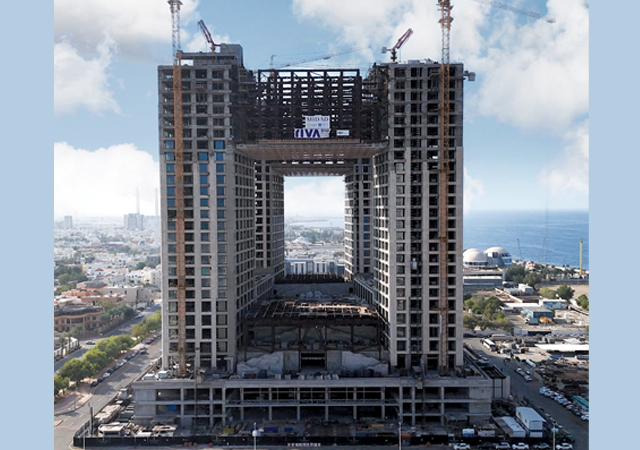



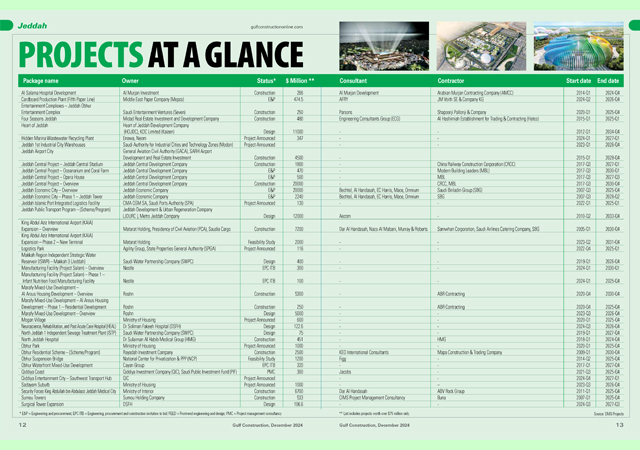





.jpg)
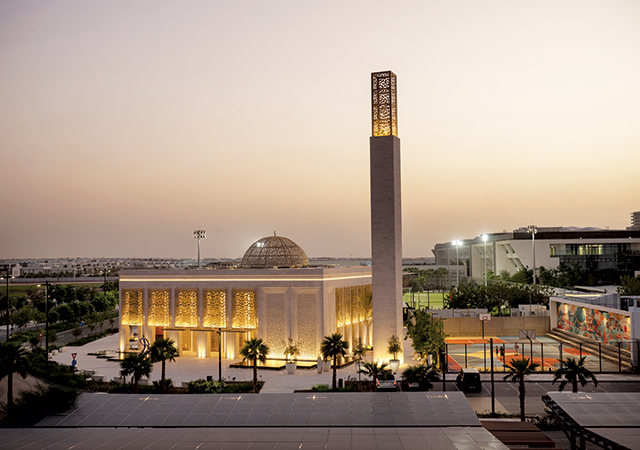











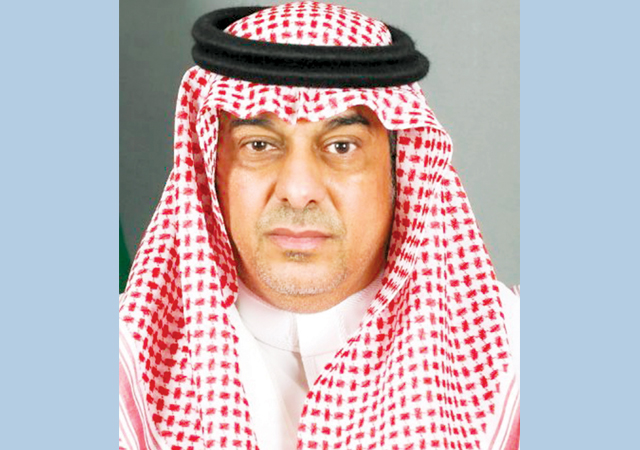





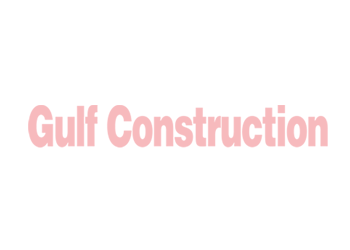













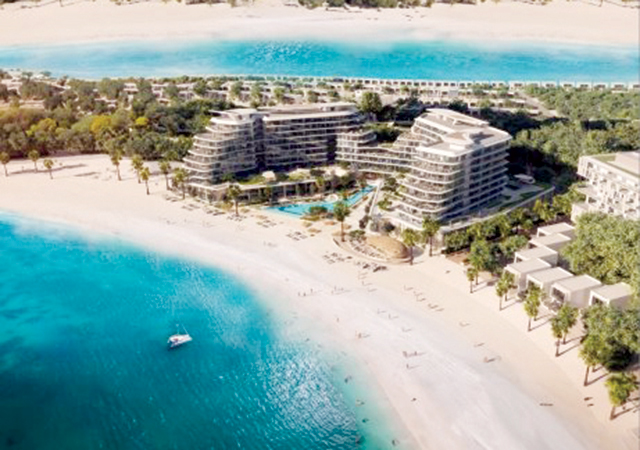










.jpg)

